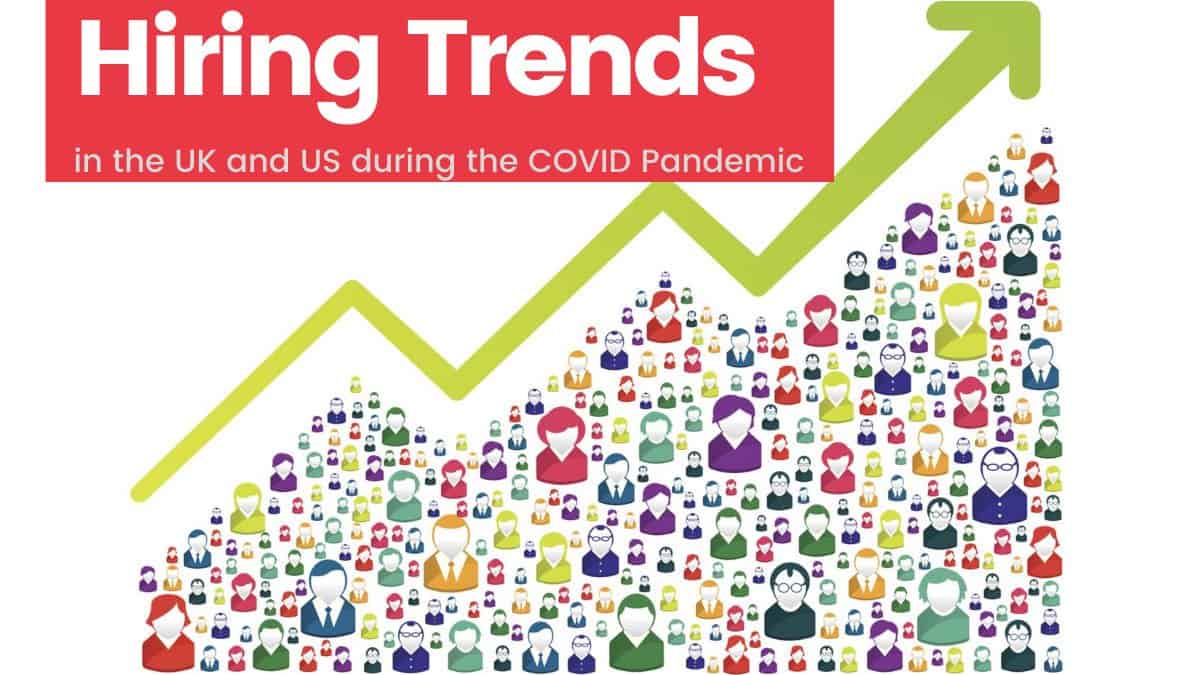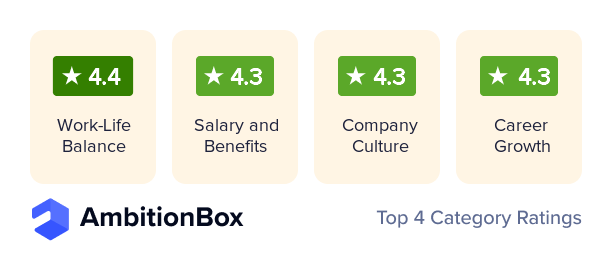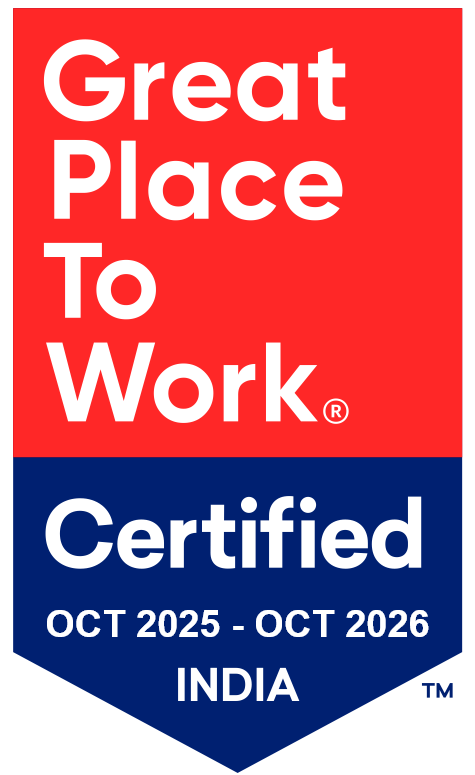Candidate experience, also written as CandE is the net cumulative effect of a company’s talent acquisition process on applicants/job-seekers. It is defined in terms of applicant perception towards the employer as she moves through the different stages of the recruiting process – from sourcing, to screening, to interviewing, and finally on-boarding or rejection. It is a key cornerstone for measuring recruitment performance and is one of the most discussed talent acquisition topics today. Kimberley-Clark treats its candidates as an extension of its customers. One of the novel ideas adopted by the company involved improving the travel experience of the candidates by providing a dedicated car service meant to carry the candidates to the interview venue. Yodel, one of UK’s largest delivery companies, leveraging new breakthroughs in Artificial Intelligence, enables applicants to reach out to them 24X7 using Chatbots. It has been able to streamline its operations by automating the large volume of general inquiries and phone screenings. This has resulted in a drastic reduction in time-to-hire by ~38%. 97% of the applicants rated the candidate experience as highly positive.
Indeed.com, one of the world’s largest job portals has recently carried out a comprehensive survey of 1,000 people who have applied for a job in the past 1 year. The research found that 70% of all job seekers surveyed have had generally positive experience – particularly around conversations regarding salary & benefits, overall process, response time and frequency and overall respect for the candidates’ time. It also found that satisfied candidates are more prone to share their experiences with their families, friends, and peers and are also likely to extend the relationship beyond the current requirement irrespective of the outcome of the interview process. Reapplying for jobs and candidate referrals are the more likely possibilities if the feedback is regular, transparent and quick. Much of the interaction between recruiters and candidates today are technology-driven. The various options available include company career sites, job posting on external sites, and the social media. However, the theme which is common across all the touch-points is ‘Communication’. Consistent communication is the key to high candidate experience.
5 themes to improve Candidate Experience
Candidate experience affects both the sides; the evolution of best practices, therefore, includes gaining insights in to ways the candidate as well as the recruiter/employer views the hiring process.
1. Tracking and communicating candidate progress
Candidates are always eager to understand the progress their candidature has made. Recruitment processes are generally compared to funnels, through which candidates are expected to progress to the next level till the time a decision is made – to hire or not. Similarly, candidates look for information regarding the different stages of the recruitment process and how far she has been able to go. The insights are sought in two main areas – which stage of the recruitment process are they at and updates as and when they occur. Recruiting organizations can substantially improve Candidate Experience by instituting a fair and transparent mechanism which makes communication with candidates a seamless experience. This can take the form of automatic emails sent to candidates’ after each stage, or through a web-link associated with the ‘Careers’ section where the candidate applied initially.
2. Investing in mobile to improve engagement
On the rise since the past few years, mobile recruiting has come a long way. 2019 will be the year when talent acquisition teams make it one of their key investment themes. Recruiting through the mobile platform is on the rise today aided by simplified application process and seamless back-end integration with candidate tracking systems. As per a Monster research, almost 60% of all job searches are done on mobile. It is safe to assume that mobile recruiting has reached mainstream adoption. Thus, it is important for companies to invest in user-friendly, easy-to-use systems which are equipped with ‘easy apply’ options. On the other side, employers can gain useful insights from the metrics – career site visits on mobile and other platforms to gauge the effectiveness of the platforms and also to inform spending strategy going forward.
3. Candidate feedback need not be at the end of process
Continuous feedback forms the basis for superlative candidate experience and is treated as a key differentiator of high performance teams. However, it has been seen that most of the talent acquisition teams generally send out feedback questionnaires/links at the end of the recruitment process when a candidate has been hired. As per North American Talent Board’s Candidate Experience Awards Benchmark Research Program for 2018, as high as 35.7% of the 130,000 job seekers surveyed indicated that feedback is sought from them only after the hiring decision has been made, as opposed to 19.5% of the candidates being asked for feedback after the interview but before they are hired. Talent acquisition teams are realizing the importance of communication and feedback loops which facilitates better candidate experience.
4. Proactive engagement on social media helps
Social media is a double-edged sword and its increasing role in shaping the future of recruitment and employer branding makes it an important consideration for talent acquisition teams. Managing the content on social media is becoming more challenging as employers and potential candidates are seeking more engagement on these platforms. Negative candidate experience can erode transparency, trust and the brand value of an organization if not handled proactively. Despite best efforts, there will be cases where the feedback vis-a-vis the recruitment process may not be charitable and this has the potential to go out of hand. It can result in keeping off potential candidates, hit the rating of the employer page or may result in loss of referrals. In such cases employers need to constantly seek feedback, curate the responses, engage with the candidates and take corrective actions. Continuous and open exchange of feedback, opinions, and ideas can lead to better awareness which can positively affect candidate experience.
5. Testimonials, the more the better
Candidates browse through company pages and the careers sections looking for job information and news. While employers can improve user experience on their careers page by incorporating marketing best practices, today’s job seekers are also keeping their ears to the ground to pick up sentiments from other candidates and peers. Marketing content such as employee testimonials instil confidence in the minds of the applicants and help elicit their interest for jobs. On the other hand, employers also benefit by augmenting their ‘Brand Story’ by extending it to the realm of recruitment and staffing.
Capturing data points
Any organization desirous of mapping its efforts in improving candidate experience should firstly have a detailed data input form to capture all the relevant data points identified. This forms the stepping stone towards a successful strategy. The North America Talent Board identifies 4 critical data points which if collected regularly with rigour and analyzed can improve recruitment processes and the overall candidate experience. This is not exhaustive and more data points may be added depending upon the requirements of an organization:
- Overall rating of the interview process
- How likely they are to apply again based on their experience
- How likely are the candidates to refer others based on their current experience
How will be the business relationship change going forward (with a list of options, as applicable)
Measuring the business impact of a Candidate Experience program:
In a world where data-driven HR operations including recruitment is gaining steam, it becomes necessary for every talent acquisition team to reflect on the findings and the insights that are being generated while they strive to improve their performance. The application of analytics in HR functions including recruitment involves investment decisions that are made keeping in view the benefits that would accrue. The effectiveness of any such program can be assessed and gauged with the help of the right set of tools and a proper framework that measures the Business Impact of such programs. Some of the key considerations for employers can be:
Average time taken to complete an application
Improving candidate engagement at the pre-application stage sets the tone for the things to follow. Artificial Intelligence has opened new doors (read Chatbots) for recruiters to connect with candidates even before they apply for jobs. These tools have become the first point of contact between potential applicants and the recruiting teams. Generic information can be shared with applicants using Chatbots which frees-up recruiters from repetitive functions. The application process has to be simple – one way to achieve this is to reduce the number of fields an applicant needs to fill in and replacing this with a system that can automatically populate the key fields needed to take the process forward. Research points out that application process can be more successful if it is limited to not more than 10-12 minutes. This metric can be measured to assess the average time needed to fill a form and if there is a decrease over time.
Application completion rate
Application drop-outs are a nightmare for any recruiting team. Linked closely to ‘ease of the application process’ and the ‘average time taken’ to complete an application this is another crucial consideration for teams. The higher the application completion rate, higher is the success of a candidate experience program.
Tracking engagement on social media, blogs, forums
Social media is often the first sounding board for candidates/applicants to air their views, opinions, complaints and compliments than on company websites. Therefore, it is necessary to track the sentiments aired on social media using proper tools. It also helps the recruting teams in the long run since the content on social media can be accessed by potential applicants in the future and are more likely to be influenced by the information that has been put out.
Growth in referral hires
Employers depend on referrals for quality hires. Multiple surveys have put referrals as the prime source of candidates, scoring higher than job boards or social recruiting. Higher the number of referral hires within a program or within a specified time-frame, better is the candidate experience quotient. Referred candidates have higher chances of amplifying their own experience during the recruitment process which can further lead to more referrals, positive buzz on social media and related company pages etc.











